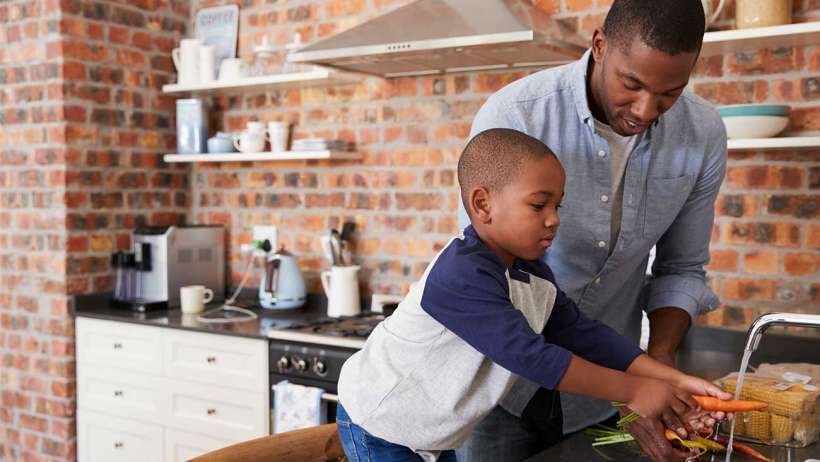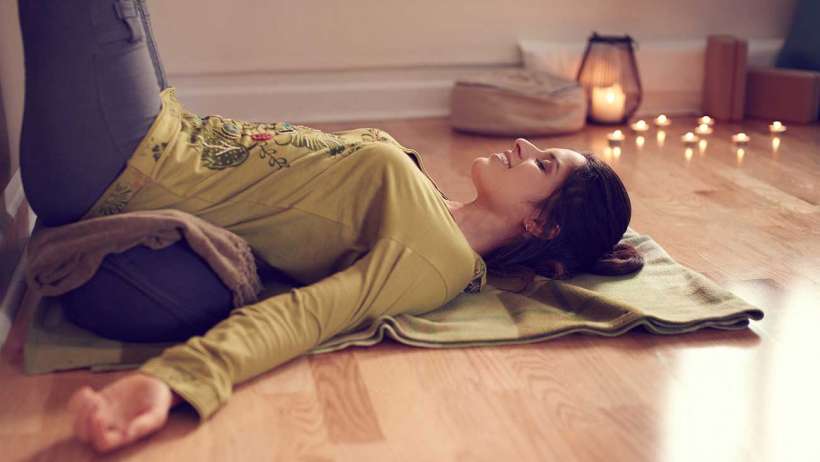I’ve spoken in the past about the many benefits to cultivating one’s own garden.
Depending on what the current public restrictions allow us to do, conversations with neighbours, seed swaps with friends or meeting people at farmers markets or nurseries all are gardening based activities that facilitate us to go out and be social with others, and meet new people who are also knowledgable, or at least are interested in gardening. Hopefully, when the pandemic is a little more under control, we can all get back to, or start these wonderful interactions.
Gardening allows one to get a good source of vitamin D from being outside more often, and you can even experience good physical benefits such as building stamina and flexibility, and it is said that a good hour of digging and weeding can burn up to 300 calories.
Gardening provides many benefits for the environment as well, as you tend to re-use many items around the house, your plants help clean the air you’re breathing at home, and less use of heavy chemicals prevent run off into puddles, drainage systems, and worse yet, in our drinking water.
There are also psychological benefits to spending time in the garden. Being outside in a garden space allows serenity, is relaxing, calming, reassuring and just plain pleasing to our minds when we plant and eventually consume vegetables and fruit from scratch.
But….what if you don’t have much space to grow a garden outdoors? I’ve got ya covered!
Gardening has been a practice present in our cultures for a very long time. Modern day gardening practices have had to be altered however, thanks to the migration of our society settling into big cities, living in high rise apartment buildings, or just putting more focus on the size of our dwellings, as opposed to the size of our properties. But urban or small space living brings a more modern challenge to most of our attempts to cultivate any type of garden. But there are numerous options for the modern day civilian to create a successful growth.
These days we have to adapt to limited sunlight from tall neighbouring buildings, smaller spaces, soil of less quality, greater pollution, etc. So I can understand how most people would feel that gardening in these circumstances could be a lost cause before even trying. I wouldn’t assume that would be the only reason though. Modern day life can produce hectic schedules, causing us to tend towards mainly using grocery and convenience stores, where all the work is done for us in the produce section. So how are some able to execute or cultivate a garden space despite all of these obstacles? I don’t know what the secret is for everybody, but For myself, I try to keep it simple and approach it one step at a time
The basics of what a plant needs is quite simple: soil & minerals, sunlight, water and oxygen. But not all plants require the same levels of each. Nevertheless, these essential elements can be provided to plants in numerous scenarios when living in a high rise apartment building, or in a house with limited yard space. Either of these circumstances can be worked with to create plant growth.
First, one thing to keep in mind is to keep your overall variety of fruits and veggies minimal! Keeping it small and simple has its advantages, one of which is it will allow one to gradually ease in to the routine. Just focus on food that you know you’ll eat! Remember…one step at a time.
Whenever I’ve started my seedlings, I usually make a list of the plants that I would find ideal for that upcoming growing season, sometimes even mixing in some new plants if I feel adventurous. I consider how much room I have, which plants work best with my lifestyle (eg. how much maintenance is required, etc), but mostly I consider which seedlings I will enjoy and actually eat.
Indoor environments, particularly basements don’t support as wide of a variety of growing options, but it’s not impossible, and could be a good first step into gardening. Windowsills are the obvious option to grow fruits or vegetables right from seed, and there are many options for planting vessels as well, such as pre-assembled planting kits, or conventional options from around the house such as toilet paper rolls, or folded up newspaper, shaped into little boxes.I’ve never tried that myself, but if you’ve tried it, let me know if it was successful! All of these options would require you to upgrade the plant once it’s big enough, and that can be a little tedious. To save time, you may want to just start with a larger vessel, such as a plastic yogurt container, recyclable coffee can or pots used for transporting previously purchased seedlings (always keep those pots if you can!) or large re-usable tupperware containers.
If setting up in a basement, and there’s limited window light, one could set up a counter top or table with a few planters or soil bed. However, this would require specific lights for about 14-16 hours per day. There is a great website you can check out here which not only provides good overall information of indoor growing, but also specifies specific types of light bulbs one could use. This website also goes into details of temperature and humidity control, but I’ll let you read up on that if you’re interested
An apartment building balcony can facilitate quite a productive small growing space. Of course, if you wish to spend a little , or in some cases, a fair amount of money, you can always purchase pre-made clay, terra cotta, biodegradable or compostable pots.
Trellis can be used to scale balcony banisters, or empty walls, and are handy for chute like vertical plants such as beans, pea plants, or grapes, which love plenty of sunlight. A trellis can also be used to fix small or medium sized pots to, most efficiently with chicken wire. A common option would be balcony banister railing pots, or using hanging baskets, all are great for saving floor space, because I’m sure most would still like to enjoy their balcony! One note to consider when working with shallow pots or containers is you might need to avoid root vegetables such as carrots, parsnips, radishes, onions, garlic etc, that require a little more soil room to comfortably grow.
- Side Note: plastic food and drink containers aren’t the best for the environment, I know, but as long as you use them year after year, and if you have some at home already it’s at least better than creating more waste each year, as well saves a little bit of money.
Many of these planting methods can also be applied to a small, and seemingly very limited outdoor yard space. This I find, is a space one can be the most creative. Let’s say one has a small plot space of around 5 ft squared either against the side of a building, or setting up netting, fencing or trellis.
Same suggestions as above for guiding chute plants up walls, fences or trellis. Planting these plants in the ground along the structure saves a lot of ground space. You can also guide certain vegetables that are trailing crops, such as squashes, cucumber, zucchini, etc by fastening the stalks to the trellis, or singular bamboo stakes. As previously mentioned, fixing hanging pots up a trellis, fence or wall serves a few purposes.
Not only does this stacking method save space, but could also essentially save water by creating a dripping irrigation flow all the way down to the plants in the ground. Stacked hanging pots can also create shade for the fruits or vegetables that can thrive on limited light such as carrots, kale, leafy veggies, potatoes or parsnips.
Whether indoors, outdoors, on the ground, in the ground, or in the air, there are many options to consider when assembling an ideal garden. As long as you are patient, keep things simple, and are willing to make mistakes, then growing should go pretty well. Try to keep in mind all the benefits that result of this hobby. Also remember to keep it minimal to just a few plants to start with, don’t go overboard. Less plants get more attention, and require less effort. and Remember, one step at a time, and don’t strive for perfection! Be resourceful, be creative, and enjoy it!
Happy Gardening!
A few resources to check out:
This is a fantastic letter talking about where our food industry has come, and where it’s going, written by Michael Pollen.
https://www.nytimes.com/2008/10/12/magazine/12policy-t.html?_r=3&pagewanted=1
One aspect of the history of domestic gardening that Ive always been fascinated with is the story of Fritz Haber, the man that invented what is now widely known as synthetic fertilizers. Check out his wikipedia page here, or even more interesting, a podcast episode by Radiolab, which you can find here. His is an unfortunate story, but an interesting one!



